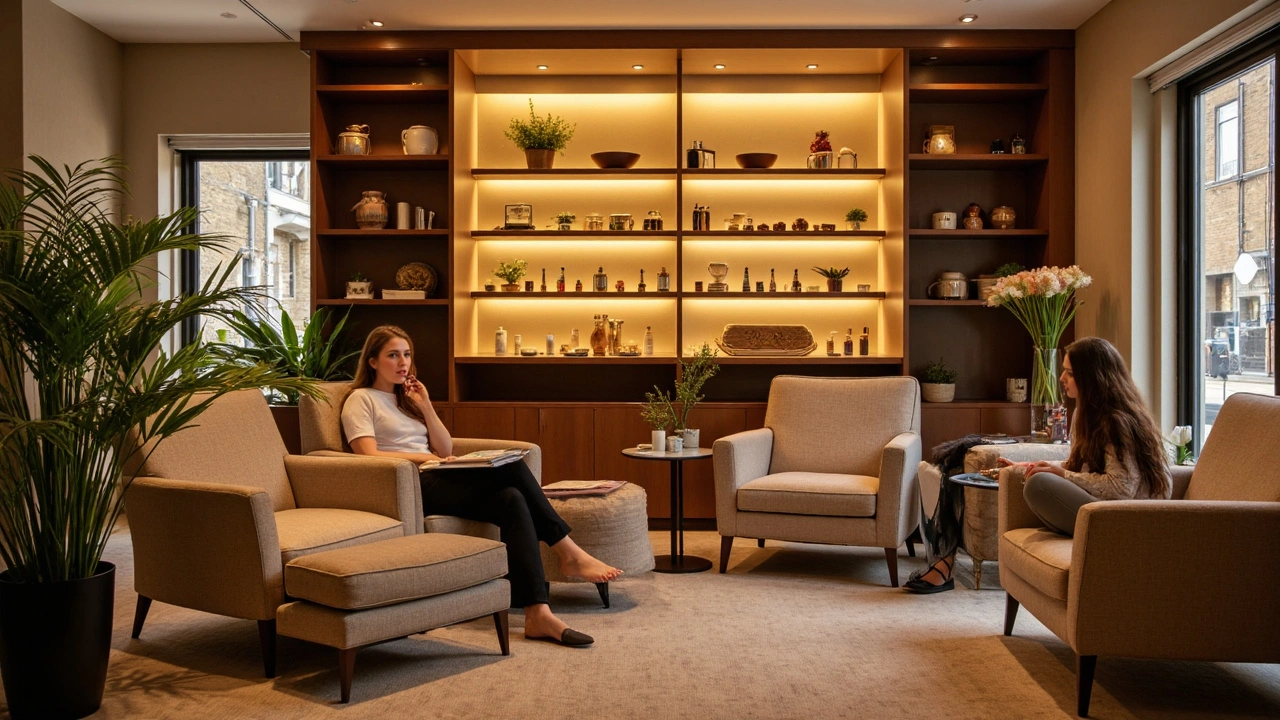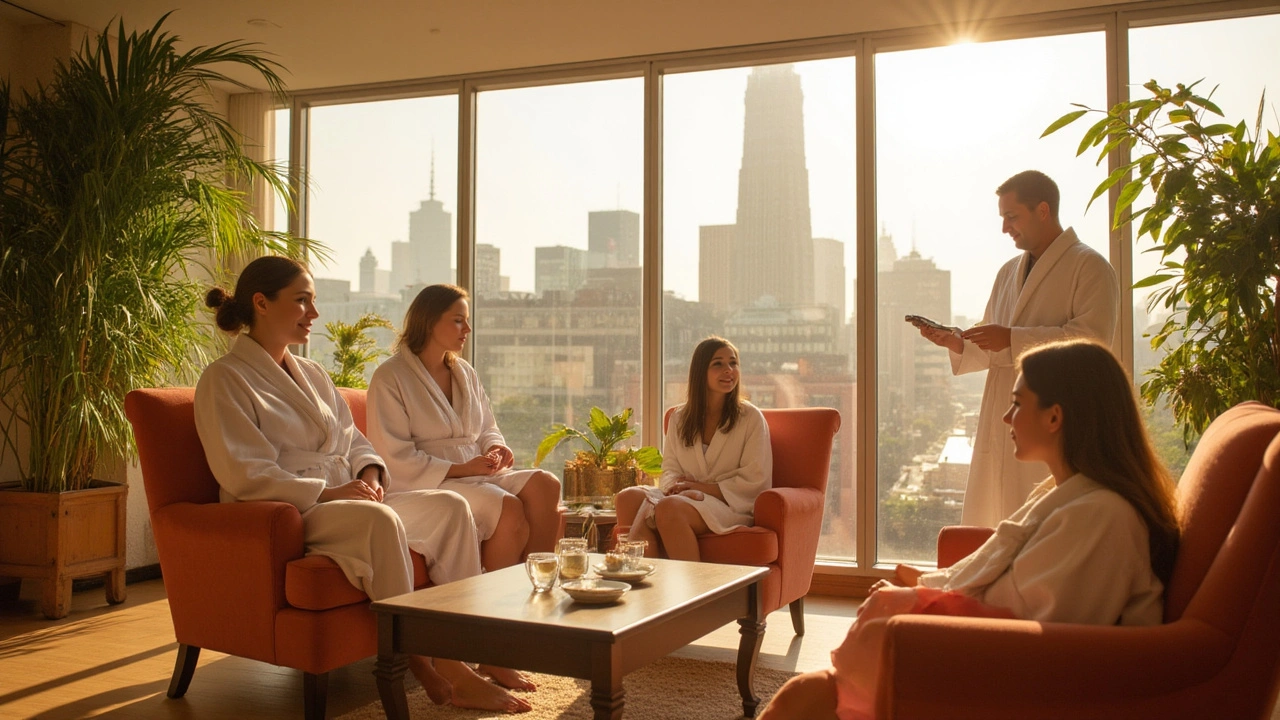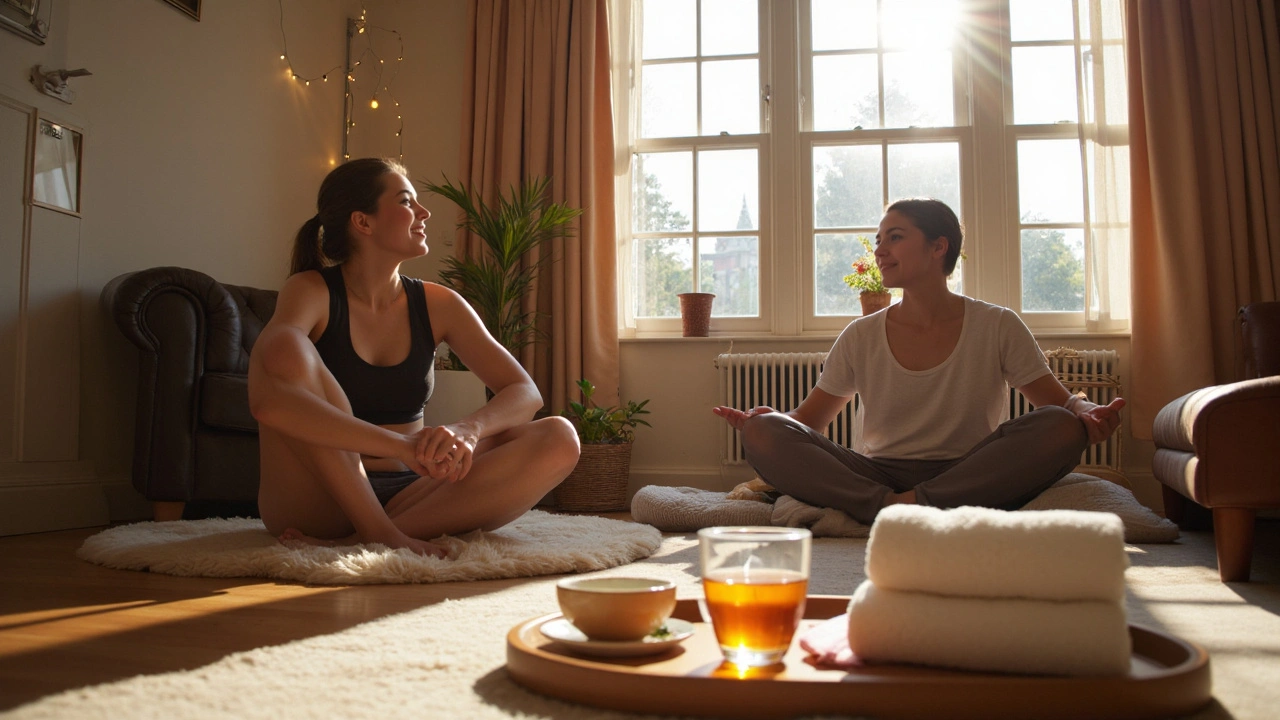Body Massage Through Ages: Ancient Healing to Modern Wellness Techniques
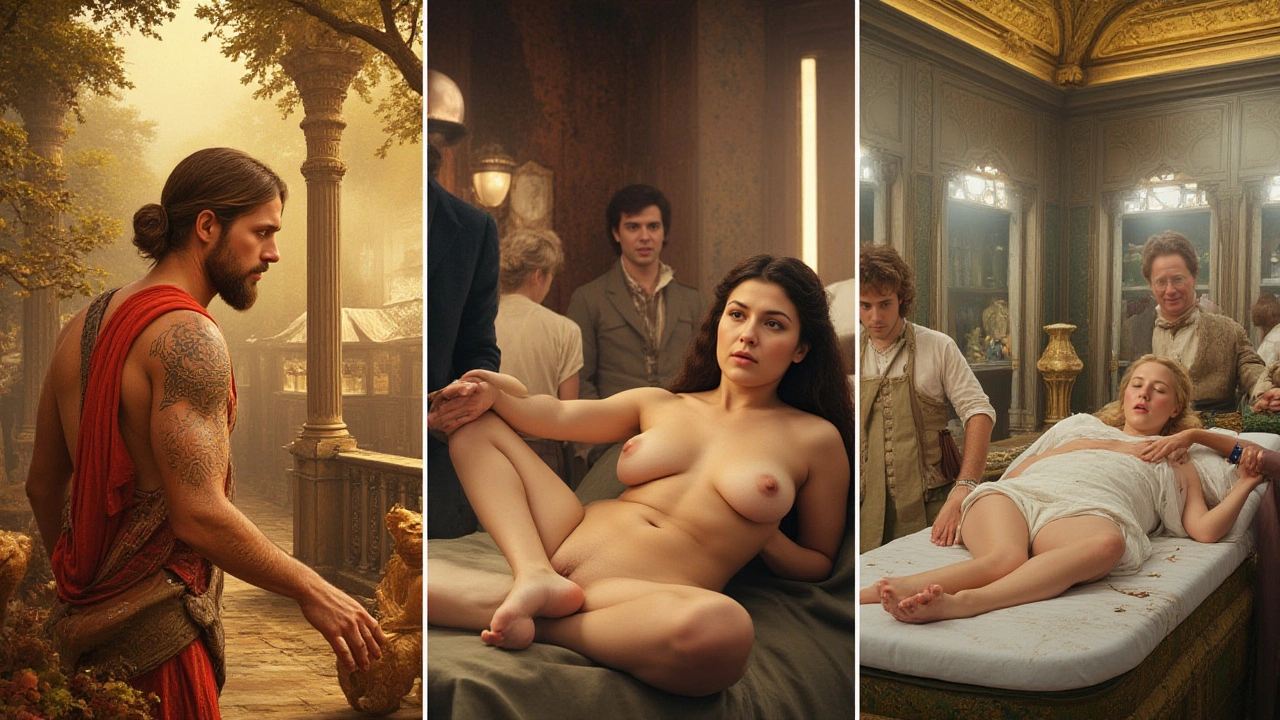
Talk about a tradition that stands the test of time—body massage has roots that twist deep into history, older than most civilizations. Imagine an Egyptian priest rubbing aromatic oils into tired muscles, or a monk in ancient China working out tension with strong, practiced hands. This isn't just about feeling good. Across centuries, massage was medicine, ritual, and survival. And through the centuries, massage adapted, shapeshifted, and picked up influences everywhere—from the bustling markets of India to thermal baths of Rome. Even my cat Whiskers knows the joy of a great head or shoulder rub (yes, seriously, he purrs louder than the neighbor's motorbike). Today, the world of massage is a wild, textured blend of tradition and science, comfort and healing. Why do people keep coming back to it, era after era? There’s something universal about human touch. We all crave it, in one form or another.
Ancient Roots: Rituals, Remedies, and Cultural Wisdom
You’d be amazed how the first known records of massage go all the way back to 3000 BCE in ancient China. The book Huangdi Neijing ('The Yellow Emperor’s Classic of Internal Medicine') mentions massage as a treatment for illness—alongside acupuncture, herbs, and exercise. In Egypt, tomb paintings show practitioners massaging feet and hands. Some historians believe even Pharaohs demanded daily massages to maintain their strength for ruling (talk about royal standards of self-care). Over in India, Ayurvedic practices included 'abhyanga', which was—and still is—a daily oil massage that’s said to balance energy and promote long life. The Greeks didn’t miss out either. Hippocrates, the ‘father of medicine,’ wrote about ‘anatripsis,’ or rubbing in different directions to help circulation and recover from injuries. Romans took it further, building massive bathhouses where you could get everything from a gentle rubdown to a full-on scrape-and-stretch session (and probably a bit of gossip). Even early Japanese 'anma' and later, traditional Thai massage drew heavily on these global roots. No fancy equipment, just hands and intuition. Today, some of these ancient techniques still permeate modern practices, from Thai stretches to gentle Chinese tuina. The more you look back, the more you notice—every culture adapted the language of touch, sculpting massage into something meaningful for daily life and survival.
Renaissance and Revolution: Europe’s Rebirth of Massage
By the time Europe crawled out of the Middle Ages—when everyone was a bit squeamish about contact—massage came roaring back, dressed in reason and scientific curiosity. In the 16th century, French doctor Ambroise Paré wrote about massage as a healing art. He believed it helped prevent muscle atrophy and had a place in surgical recovery. The real fanfare started in Sweden. Pehr Henrik Ling, in the early 19th century, created what we now call the 'Swedish massage.' He combined gymnastics with stroking, kneading, tapping, and stretching, claiming it boosted health and solved nagging aches. They even called it 'Medical Gymnastics' for a while. Swedish techniques spread like wildfire, partly because they were systematic: they fit into a world slowly starting to value health, exercise, and anatomy. From there, European spas embraced massage in their wellness packages, making it fashionable for royalty, poets, and politicians. By the 20th century, British and French clubs had 'rubbers' (early massage therapists), ready to help you unwind after a stiff upper-lipped day. Ever wonder why most Western salons today default to 'Swedish' or 'deep tissue'? Blame Ling’s influence—and a bit of Victorian obsession with precision and progress.
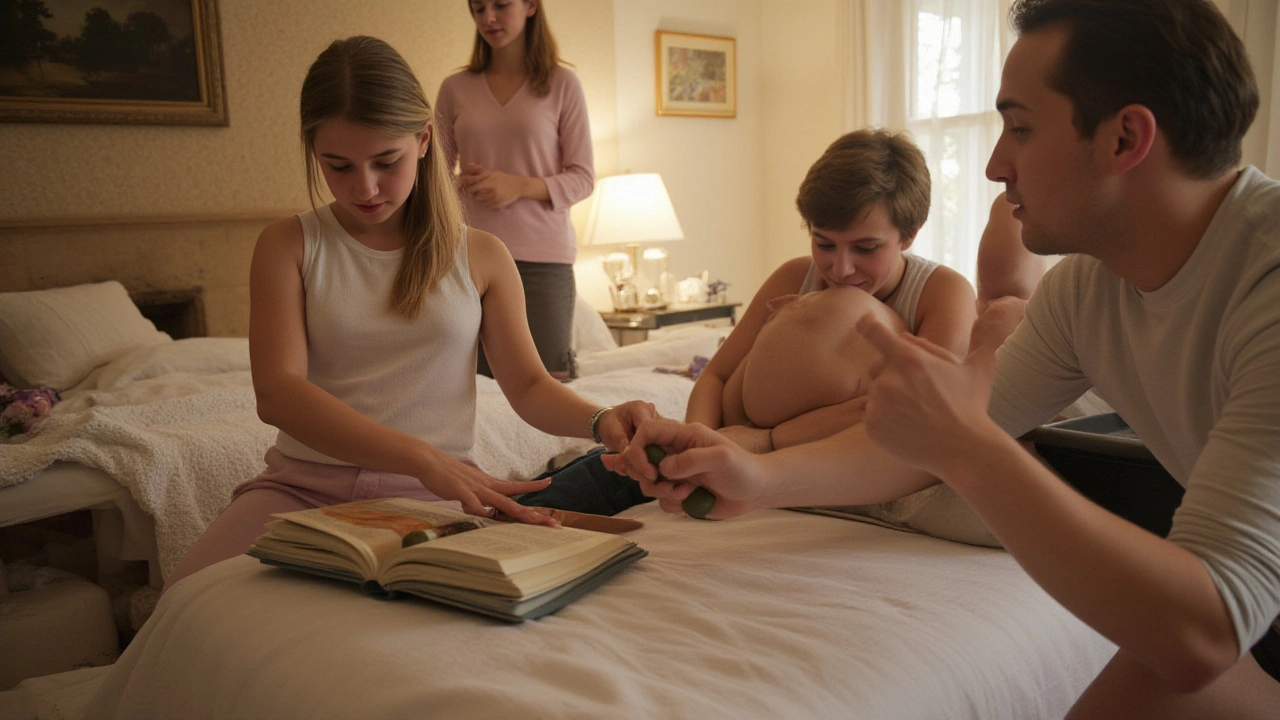
Modern Therapies: Science Meets Serenity
Fast forward to now, and the world of body massage is puzzling and rich—there are literally hundreds of styles! Researchers have spent decades studying what those ancient healers might have guessed. In 2018, a UK-based study found regular massage could lower cortisol by up to 30%. That’s the pesky stress hormone that throws your body out of whack. Hospitals in London, like King’s College, now offer massage to help cancer patients cope with pain and anxiety. Even football clubs use specialized sports massage to speed healing and prevent injuries—it’s an essential part of their regimen. Today’s tools are a mashup of old and new: infrared heat, essential oils, bamboo sticks, and massage guns that look more like power tools than pampering devices. Therapies are now market-tested, regulated, and sometimes even prescribed by doctors for injury recovery. There’s also a huge wellness culture around self-massage—foam rollers, acupressure mats, and gadgets inspired by centuries-old designs. Don’t be fooled by yoga influencers selling spa days, though. There’s plenty of clinical data now showing massage therapy’s impacts on blood pressure, sleep, and mood. As for ‘new’ techniques, most are hybrid approaches with deep roots—from aromatherapy blends that echo ancient Egypt to lymphatic drainage based on nineteenth-century French medical breakthroughs.
Global Influences and Blended Trends
London’s massage menus are a world tour, and not just for travelers. You can start your week with a Thai yoga massage (stretchier than my cat anytime he sees sun), then unwind with a Swedish session, and finish with a traditional Indian head massage for tingly relaxation. Each method carries cultural fingerprints. Thai massage, handed down by monks for over 2500 years, is practically yoga performed on you. Shiatsu, from Japan, relies on finger pressure along the body’s energy lines (meridians), mixing anatomy with energetic philosophy. There’s also the ever-popular hot stone massage—rooted in Native American traditions, where river stones were heated over fire to soothe muscles. London’s wellness scene borrows widely, blending traditions: 'East meets West' fusion treatments might mix Ayurvedic oils and Swedish strokes or combine acupressure with modern stretching. It’s like a living library of touch techniques. Here’s a quirky fact: the UK’s massage therapy business is booming, with an estimated value over £2 billion in 2024, thanks to rising demand for stress management. If you can’t decide which style to try, ask your therapist to blend techniques. Customization is the new baseline. And don’t forget about accessibility—many clinics now offer mobile and outcall treatments, making it easy to fit wellness into a busy London life (or just avoid awkward Tube rides post-massage).
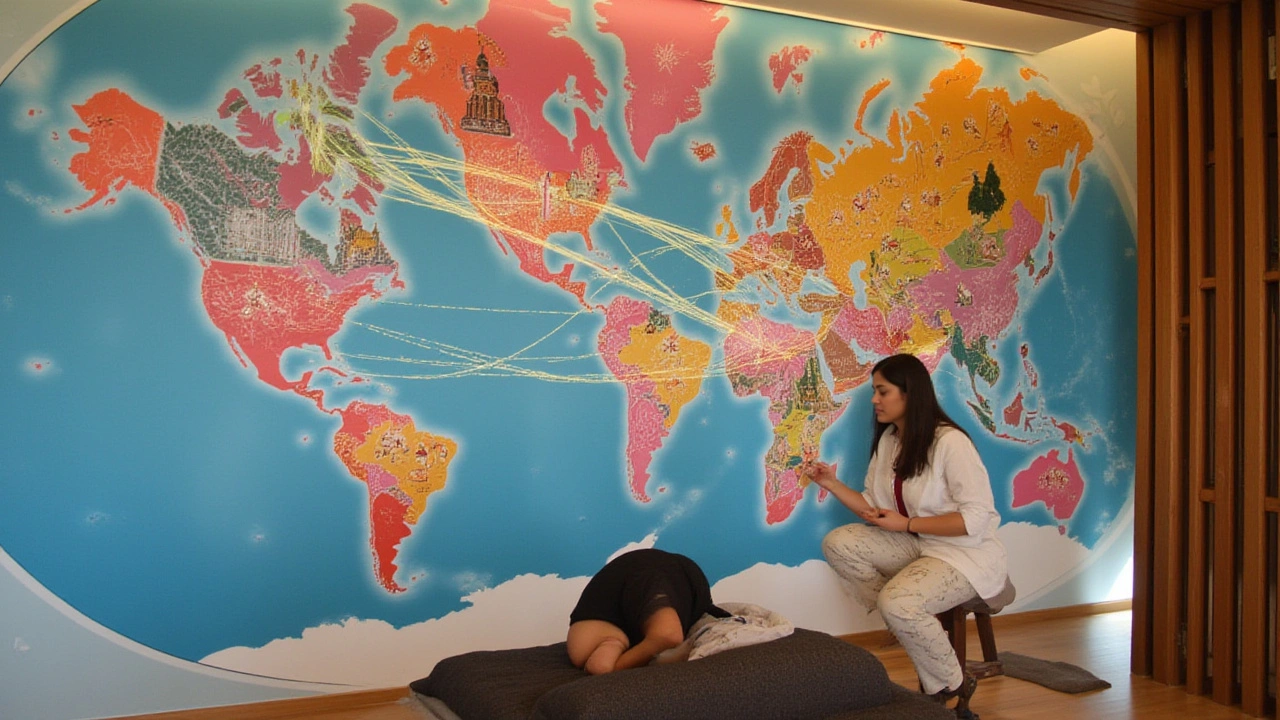
Practical Tips: Getting the Most From Modern Massage
There’s an art to enjoying—and getting the most from—a modern massage. My first tip: talk to your therapist. This isn’t the Middle Ages, and you don’t have to suffer in silence. Tell them if something hurts or if you want more focus somewhere. Second, consider trying techniques from other cultures. Even if you’re attached to your usual Swedish session, a bit of Thai or Shiatsu can surprise your muscles and mind. Third, timing matters. Schedule massages to support your lifestyle. After a hard workout? Go for sports massage. Super stressed from work? Lymphatic drainage or aromatherapy might calm frazzled nerves. Make your own checklist:
- Drink water before and after to help flush toxins.
- Don’t eat a heavy meal within an hour of your session.
- Arrive early enough to calm down—rushing negates relaxation.
- Ask about oils (good chance to find new scents or discover allergies early).
- For home self-massage, invest in a simple foam roller or massage ball—amazing for backs and feet.
| Year | Estimated Global Massage Therapy Revenue (£ billions) | Percentage of UK Adults Who Received a Massage |
|---|---|---|
| 2000 | 5.2 | 17% |
| 2010 | 8.9 | 21% |
| 2020 | 14.4 | 31% |
| 2024 | 18.2 | 40% |
Massage won’t solve every problem, but as any stressed Londoner—or pampered pet—knows, it comes pretty close. So whether you’re chasing ancient secrets or just crushing work deadlines, try adding some hands-on healing into your own routine. The story of body massage isn’t just history—it’s your ticket to better days, less pain, and, if you’re lucky, a good night’s sleep. You might even catch yourself purring, just like Whiskers.

